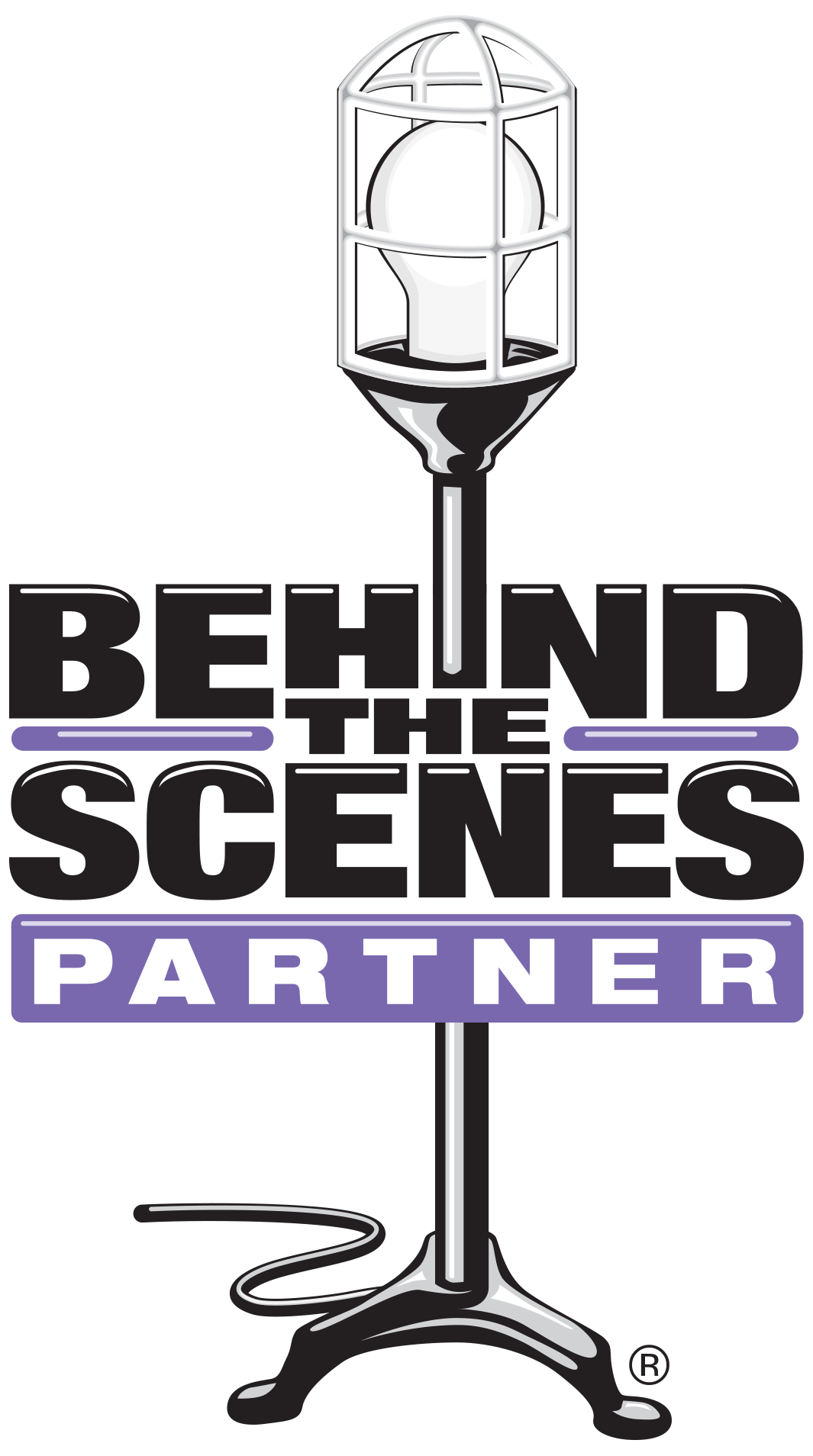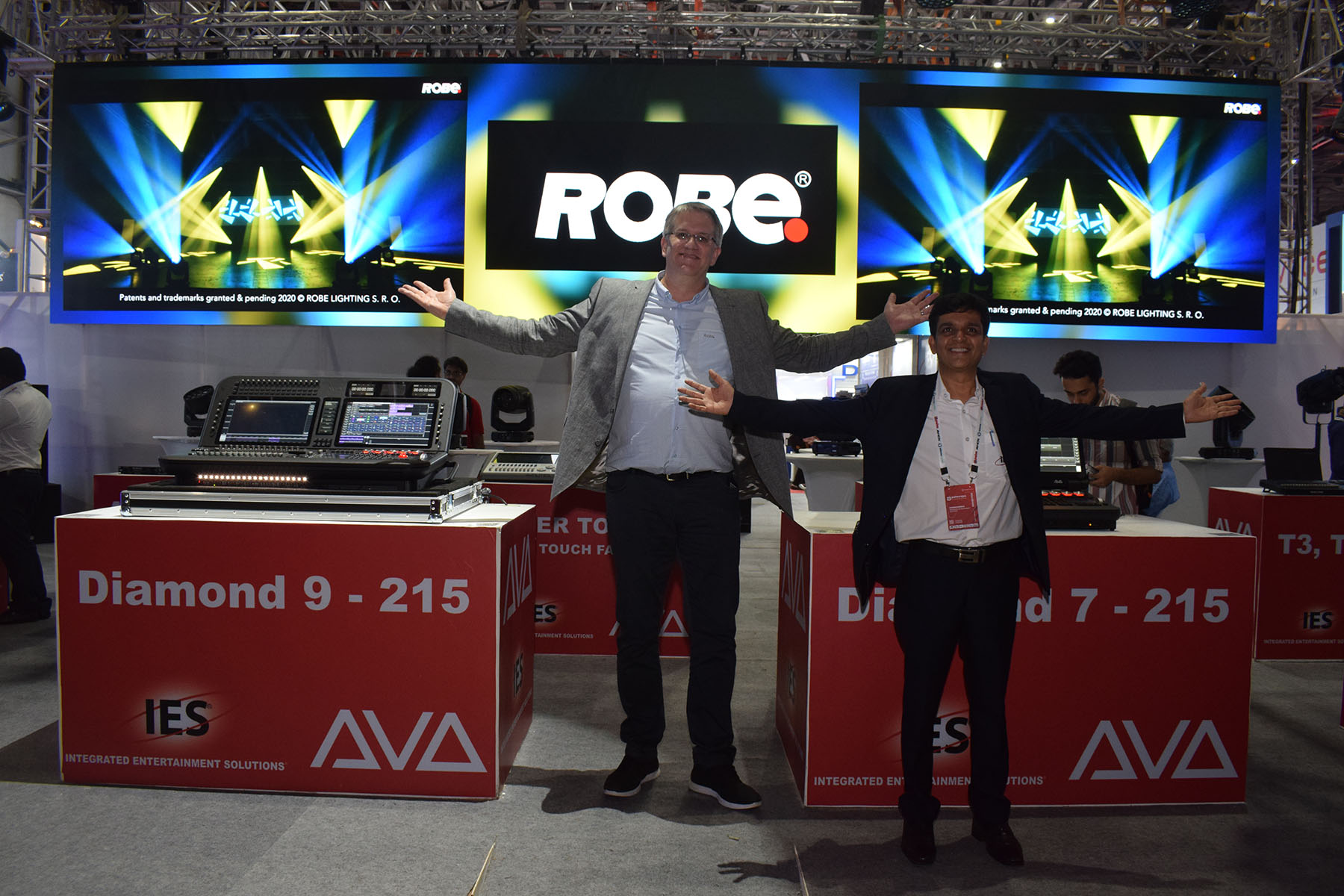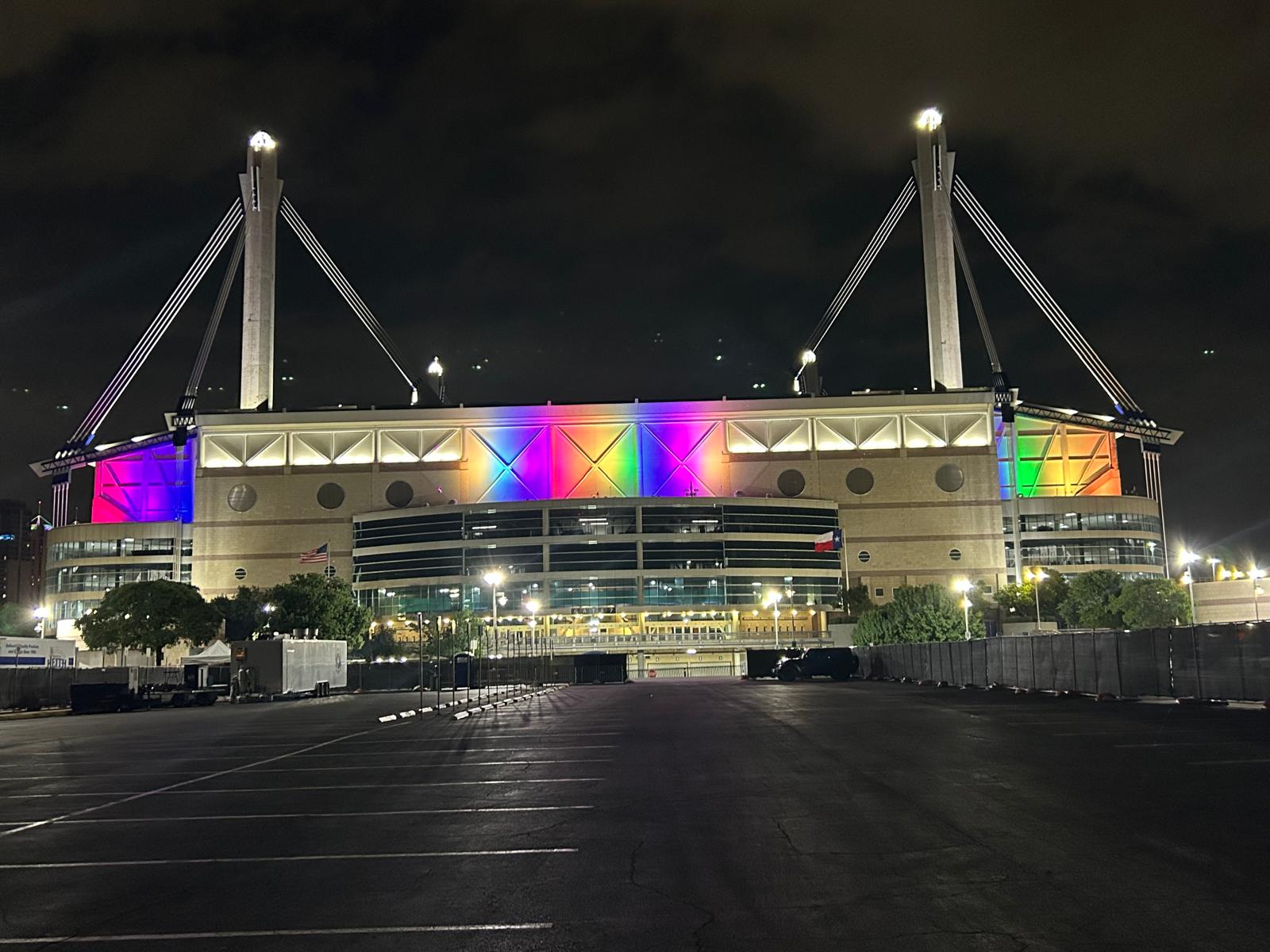SCOTTSDALE, AZ — Although the 2011 collapse of the Indiana State Fair’s stage structure in high winds served as a catalyst for the emergence of the Event Safety Alliance, the group has never limited its safety mission to hazards arising from nature. In the aftermath of the June 12, 2016 mass murder at the Pulse nightclub in Orlando, where Omar Mateen killed 49 and wounded 53 before being killed himself by police, ESA has issued protocols for active shooter situations in public venues.
In a statement titled “One is Too Many: The Event Safety Alliance Response to Orlando,” ESA acknowledges the fact that while no entertainment venue is completely immune from an attack by a solo gunman or team of terrorists, “there are things that can be done” in the hopes of keeping loss of life and injuries to a minimum, for both crew members and the public at large, in active shooter situations.
Mirroring advice from the U.S. Department of Homeland Security, ESA starts by backing the “Run, Hide, Fight” response.
“Everyone should try to work through the following steps, in this order: (1) Run away from the shooter if there is a safe way to exit; (2) If there is no obvious way to exit, but some other place nearby that is less exposed than where you currently are, go Hide there; (3) If you cannot run to safety and there is no good place to hide, then stay put and prepare to Fight with whatever is available.”
ESA Director Charlie Hernandez adapted the “Run, Hide, Fight” protocols into a detailed document with tips like silencing your cell phone if you are in hiding and keeping your empty hands easily visible with outstretched fingers as police rush into a chaotic scene with deadly force. (The ESA’s adapted “Run-Hide-Fight” document is posted here: http://plsn.me/Run-Hide-Fight).
For the ESA’s complete “One is Too Many” response to the Orlando tragedy, go to https://eventsafetyalliance.org/one-is-too-many-the-event-safety-alliance-response-to-orlando.
With their ability to control venue illumination and audio, lighting and sound crew members could potentially play a key role in stopping the show and alerting audiences to an emergency situation quickly after it arises. ESA chairman Jim Digby, who was quoted along with PLSN editor Nook Schoenfeld by a recent PBS NewsHour story on this topic, is said to be discussing these issues with law enforcement officials; more protocols and guidelines could be coming soon.



